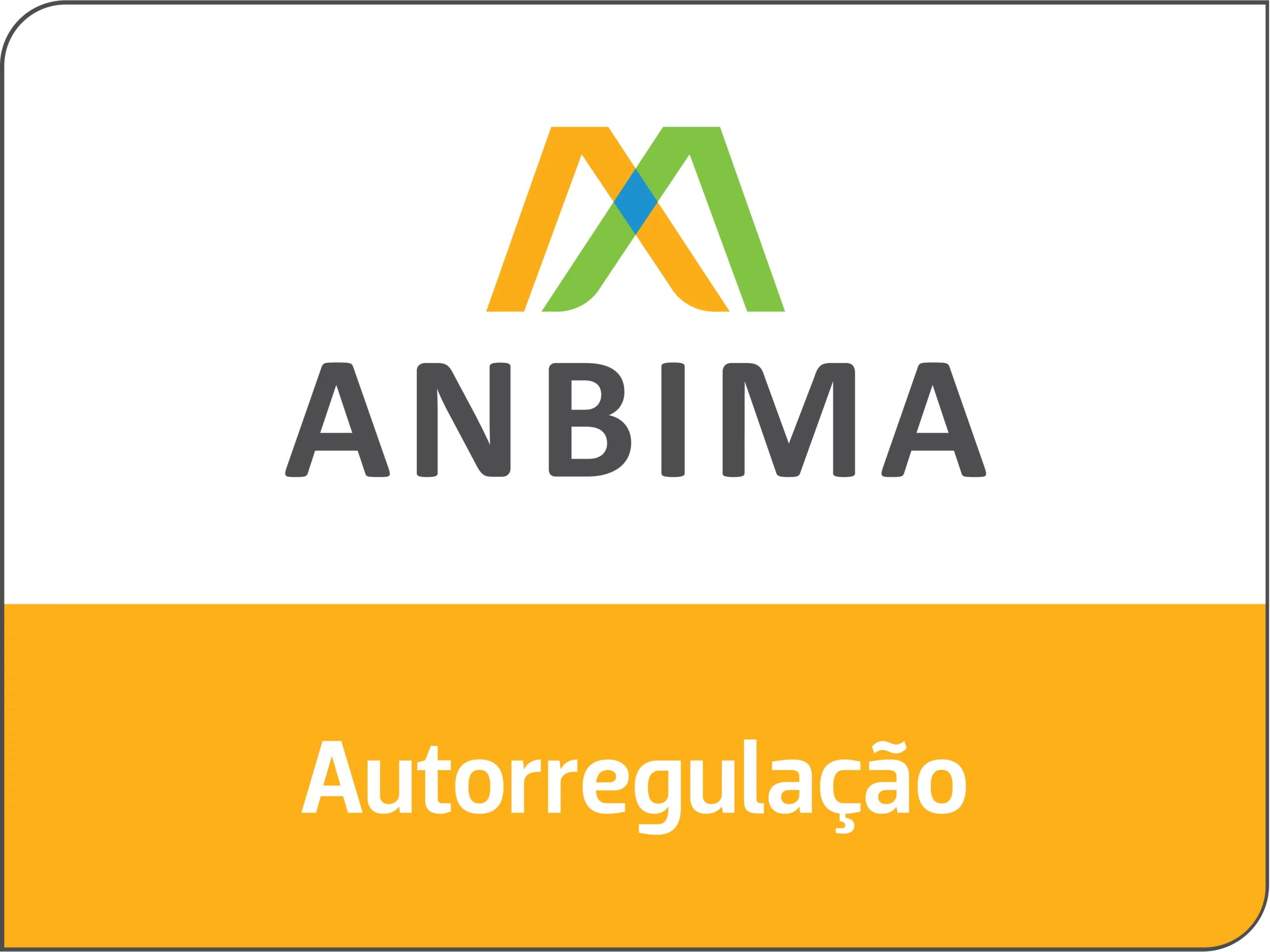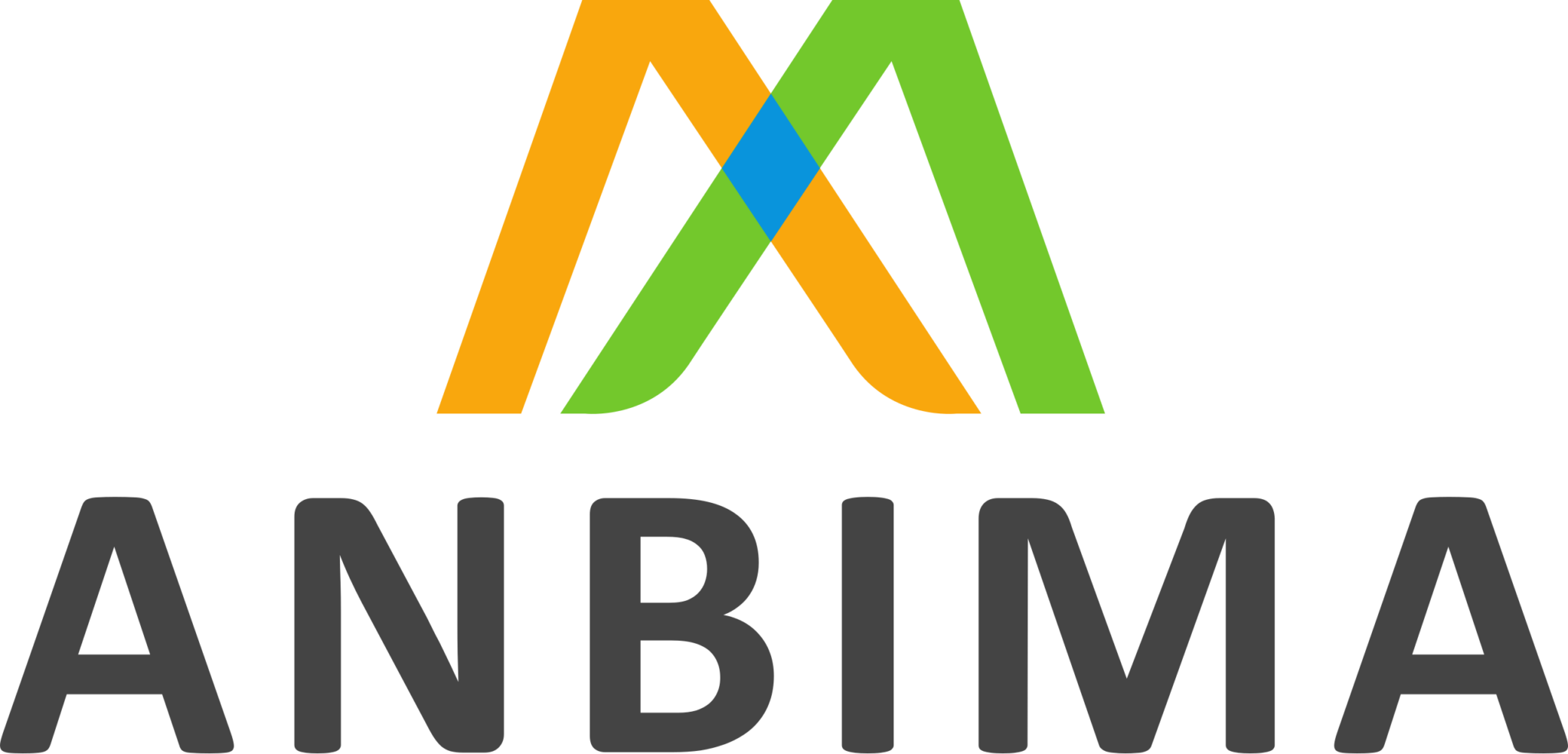Benefits of Setting Up a FIDC Before Filing for Judicial Recovery
Today, we will discuss the benefits of structuring a Receivables Investment Fund (FIDC) before filing for judicial recovery. This strategy can be crucial for the financial restructuring of companies, providing immediate liquidity, improving governance, and increasing creditors’ confidence.
What is a FIDC?
A FIDC is a fund that purchases receivables, meaning a company’s accounts receivable, transforming these receivables into immediate liquidity. The fund’s shareholders may include the company’s partners and external investors, ensuring a robust financial structure.
Benefits of Structuring a FIDC Before Filing for Judicial Recovery
Immediate Liquidity
Transforming Receivables into Capital: The FIDC allows converting the company’s receivables into immediate liquidity, essential for maintaining operations and avoiding disruptions.
Practical Example: A company with a strong receivables portfolio can, through the FIDC, convert these credits into quick cash, which can be used to pay suppliers and employees.
Improved Negotiation with Creditors
Position of Strength: By creating a FIDC, the company demonstrates proactivity and financial solidity, which can strengthen its position in negotiations with creditors.
Practical Example: Creditors see the establishment of a FIDC as a concrete and positive step, increasing confidence in the company’s recovery plan.
Planning and Transparency
Demonstration of Commitment: Establishing a FIDC before formally filing for judicial recovery shows commitment to financial restructuring and transparency.
Improved Governance: The increased transparency brought by the FIDC improves corporate governance, boosting the confidence of investors and stakeholders.
Applicable Legislation: Law No. 11,101/2005 (Judicial Recovery and Bankruptcy Law) offers protection mechanisms for companies in judicial recovery.
Tax Benefits
Reduced Tax Burden
Differentiated Taxation: FIDC earnings are taxed differently, resulting in lower rates compared to direct taxation on the company’s operating profits.
Applicable Legislation: Law No. 9,779/99 and Decree No. 3,000/99.
Tax Deferral
Postponing Taxes: The earnings and capital gains of the fund’s shareholders can be deferred until the redemption or amortization of the shares.
Utilization of Tax Loss Carryforwards
Compensation of Losses: Companies with accumulated tax losses can use these losses to offset future gains within the FIDC. (Applicable Legislation: RFB Normative Instruction No. 1,585/2015).
What Are Accumulated Tax Losses?
Accumulated tax losses occur when a company has had more expenses than revenues in previous years, resulting in losses reported in the financial statements.
How Does Compensation Work Within the FIDC?
RFB Normative Instruction No. 1,585/2015 allows companies to use these accumulated losses to offset future taxable profits within the FIDC. This can significantly reduce the tax base, lowering the company’s tax burden.
Specific Benefits:
Reduced Tax Base: Offsetting accumulated tax losses with future profits can reduce the amount of tax owed, improving the company’s cash flow.
Improved Cash Flow: By reducing future tax burdens, the company can use the saved resources for strategic investments or to strengthen its financial position.
Financial Benefits
Ease of Credit: Structuring a FIDC allows converting receivables into immediate liquidity, accessing credit more efficiently and at lower costs.
Improved Cash Flow: Securitizing receivables through a FIDC improves cash flow, enabling the company to invest in strategic areas and increase its growth capacity.
Asset Valuation: Structuring receivables within a FIDC can increase the perceived value of these assets in the market, as they are considered lower risk by investors.
Legal Protection
Legal Protection in Judicial Recovery
Integration into the Recovery Plan: The FIDC can be integrated into the judicial recovery plan, offering liquidity and improving the chances of success in the process. (Applicable Legislation: Law No. 11,101/2005).
Financing Operations
Support for Operations: The company can use the FIDC to finance sales operations and suppliers, offering credit to buyers and strengthening the relationship with the supply chain.
Practical Example: Financing sales and suppliers can help maintain operational continuity during the judicial recovery process.
Governance and Sustainability
Transparency and Governance
Increased Confidence: Structuring a FIDC brings greater transparency and governance to the company, improving the confidence of investors and stakeholders.
Practical Example: Companies with better governance tend to attract more investors and obtain more favorable credit conditions.
Financial Sustainability and Sustainable Growth
Solid Financial Base: It provides a stable and predictable financial base, allowing for more effective long-term planning.
Practical Example: A solid financial base can enable the company to invest in strategic projects and increase its growth capacity.
Medium and Long-Term Benefits
Stability and Long-Term Planning
Stable Financial Base: Establishing a FIDC provides a stable and predictable financial base, allowing for more effective long-term planning.
Expansion and Strategic Investments
Resources for Growth: The liquidity and ability to raise funds through the FIDC allow the company to make strategic investments and expand its operations.
FIDC Leverage
Utilizing Guarantees and Insurance: To leverage its FIDC, the company can use additional guarantees such as credit insurance and real guarantees, increasing the fund’s attractiveness to investors.
Issuance of New Shares: The company can issue new shares of the FIDC to raise more funds, using these resources to finance expansion projects, research and development, and other strategic initiatives.
Partnerships with Financial Institutions: Establishing partnerships with financial institutions to place FIDC shares on the market can broaden the investor base and improve financing conditions.
The Okean Invest Solution
Structuring a FIDC before filing for judicial recovery is a powerful strategy that offers a range of tax, financial, and operational benefits. With Okean Invest’s expertise, your company can maximize these advantages, ensuring a more solid and efficient financial future.
If your company is considering judicial recovery, contact us to learn more about how the FIDC can be the ideal solution for your needs.
We are ready to help your company successfully navigate the complexities of financial restructuring and judicial recovery.







